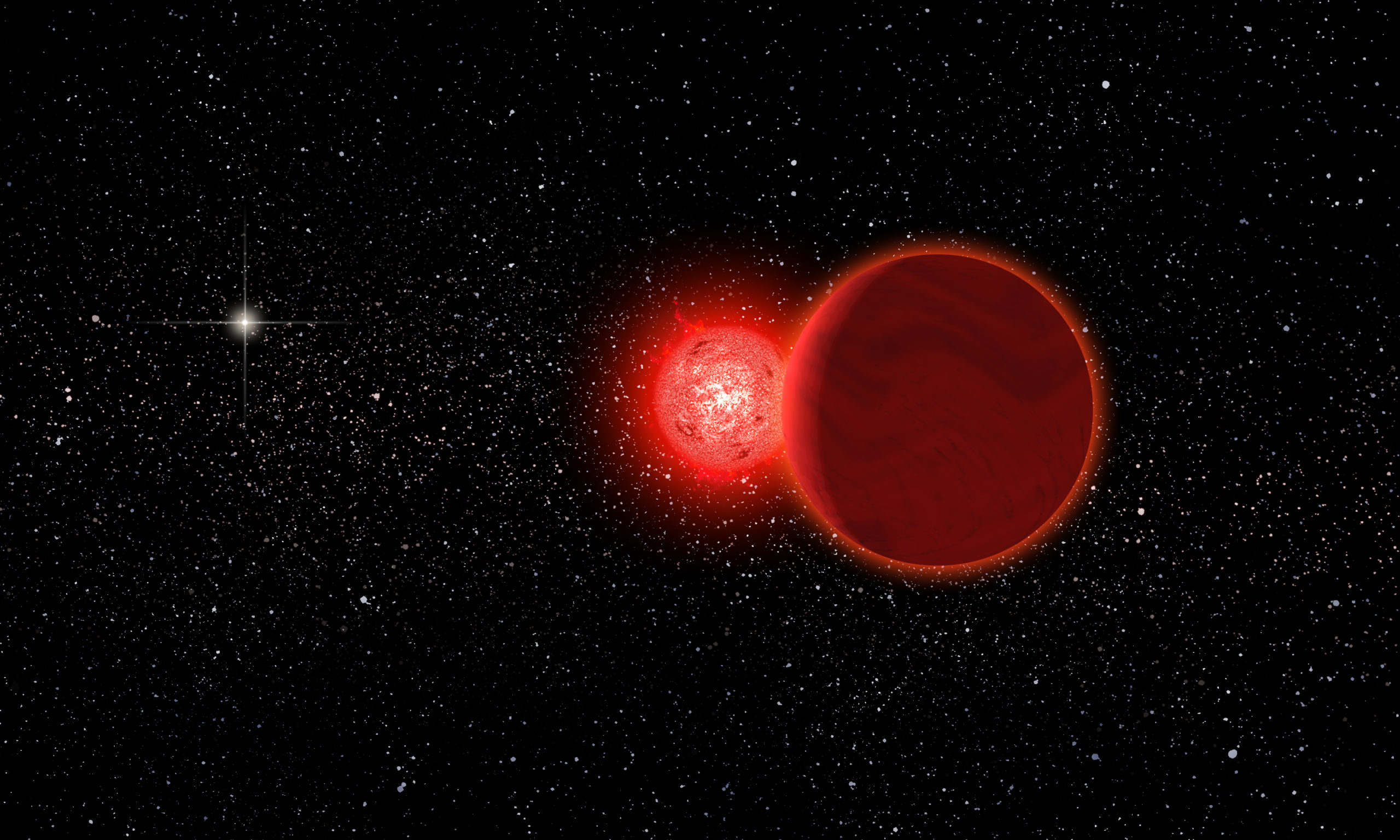NOVEMBER 10, 2018: Astronomers Scott Sheppard, David Tholen, and Chad Trujillo discover the distant object 2018 VG18 – nicknamed “Farout” – located at a present heliocentric distance of 124 AU, at that time the most distantly observed object in the solar system. 2018 VG18 and other distant objects in the solar system are the subject of this week’s “Special Topics” presentation.
NOVEMBER 11, 2028: NASA’s Lucy mission is scheduled to fly by the Jupiter Trojan asteroid (21900) Orus. The Lucy mission and Trojan asteroids are discussed in previous “Special Topics” presentations.
NOVEMBER 12, 1799: Observers in Europe and in South America witness an extremely intense display of the Leonid meteor shower. The Leonid meteors are associated with Comet 55P/Tempel-Tuttle, and the relationship between comets and meteor showers is the subject of next week’s “Special Topics” presentation.
NOVEMBER 12, 2013: German astronomer Ralf-Dieter Scholz announces the discovery of the star formally designated as WISE J072003.20-084651.2 but informally known as “Scholz’s Star,” a dim-low mass star in Monoceros located 22 light-years away. Studies of Scholz’s Star indicate that it passed through the outer Oort Cloud 70,000 years ago, and may have sent a large number of comets into the inner solar system that may arrive within the next two million years. Scholz’s Star is discussed in a previous “Special Topics” presentation.

NOVEMBER 12, 2014: The Philae lander, carried with ESA’s Rosetta mission, attempts a soft-landing on the surface of Comet 67P/Churyumov-Gerasimenko, but bounces twice before coming to rest in a hole next to some high cliffs. Comet 67P is a previous “Comet of the Week,” and Rosetta and Philae are discussed within that presentation.
NOVEMBER 13, 1577: Danish astronomer Tycho Brahe first sees the Great Comet of 1577, which has since been informally named for him. His scientific observations of the comet demonstrated that comets are astronomical, not atmospheric, phenomena. It is this week’s “Comet of the Week.”
NOVEMBER 13, 1833: Observers throughout the eastern U.S. witness an extremely intense display of the Leonid meteor shower; this is the famous night when “stars fell on Alabama.” Meteor showers, and their relationship with comets, are the subject of next week’s “Special Topics” presentation.
NOVEMBER 13, 2019: After orbiting the Apollo-type asteroid (162173) Ryugu for sixteen months, during which it deployed landing rovers and collected samples, JAXA’s Hayabusa2 mission departs Ryugu for its return journey to Earth. The Hayabusa2 mission is discussed in a future “Special Topics” presentation.
NOVEMBER 14, 1680: German astronomer Gottfried Kirch discovers what is now called the Great Comet of 1680; this was the first comet discovery to be made with a telescope. The Great Comet of 1680 is a future “Comet of the Week.”
NOVEMBER 14, 1866: Observers in Europe witness a strong display of the Leonid meteor shower. The Leonids’ parent comet, 55P/Tempel-Tuttle, had passed through perihelion earlier that year, and the relationship between that comet and the Leonids was demonstrated within a year. The overall relationship between comets and meteor showers is the subject of next week’s “Special Topics” presentation.
NOVEMBER 14, 1971: NASA’s Mariner 9 mission arrives at Mars and goes into orbit around it, becoming the first spacecraft to enter orbit successfully around another planet. Mariner 9 was also the first spacecraft to make close-up examinations of our solar system’s “small bodies” when it observed the Martian moons Phobos and Deimos. The small moons of the solar system’s planets are the subject of a previous “Special Topics” presentation.
NOVEMBER 14, 2003: Michael Brown, Chad Trujillo, and David Rabinowitz discover the distant object now known as (90377) Sedna. This was the first-known object that permanently inhabits the far outer solar system, and it along with more recently-discovered such objects are the subject of this week’s “Special Topics” presentation.
NOVEMBER 14, 2018: Danish geologist Kurt Kjaer and his colleagues announce their discovery of a 31-km-wide impact crater underneath the ice of the Hiawatha Glacier in northwestern Greenland. The Hiawatha Crater has been proposed as possibly being associated with the meteorite fall of the Cape York meteorite – discussed in a previous “Special Topics” presentation – but this has not been conclusively demonstrated at this time.
More from Week 46:
Comet of the Week Special Topic Free PDF Download Glossary
Ice and Stone 2020 Home Page


